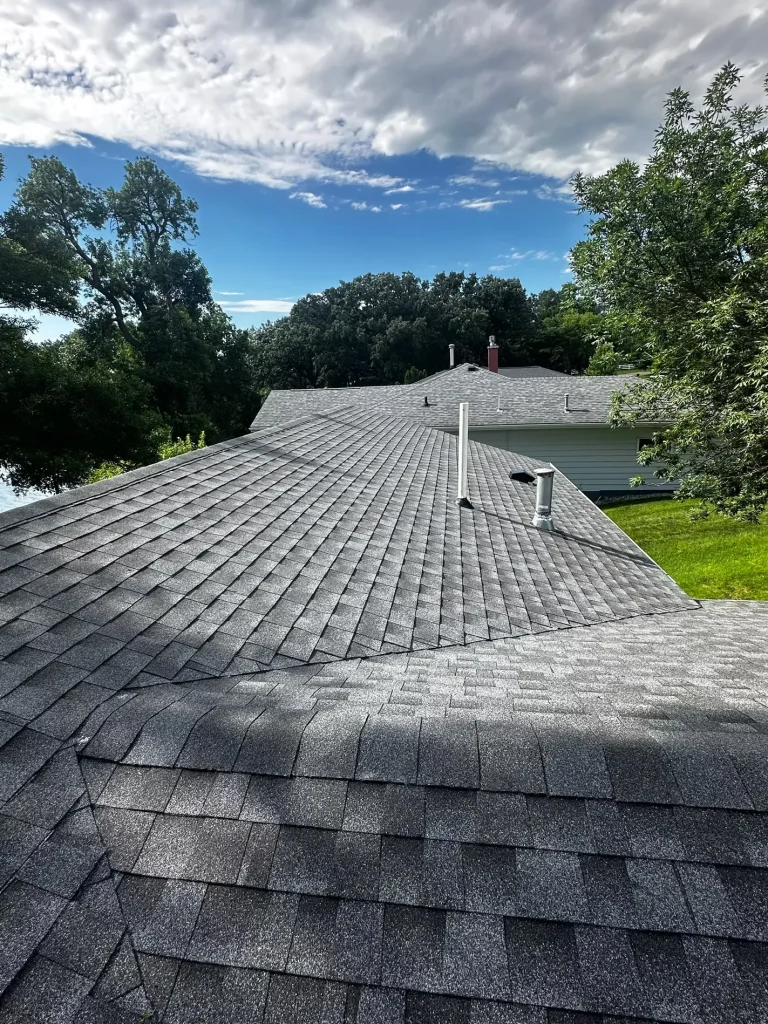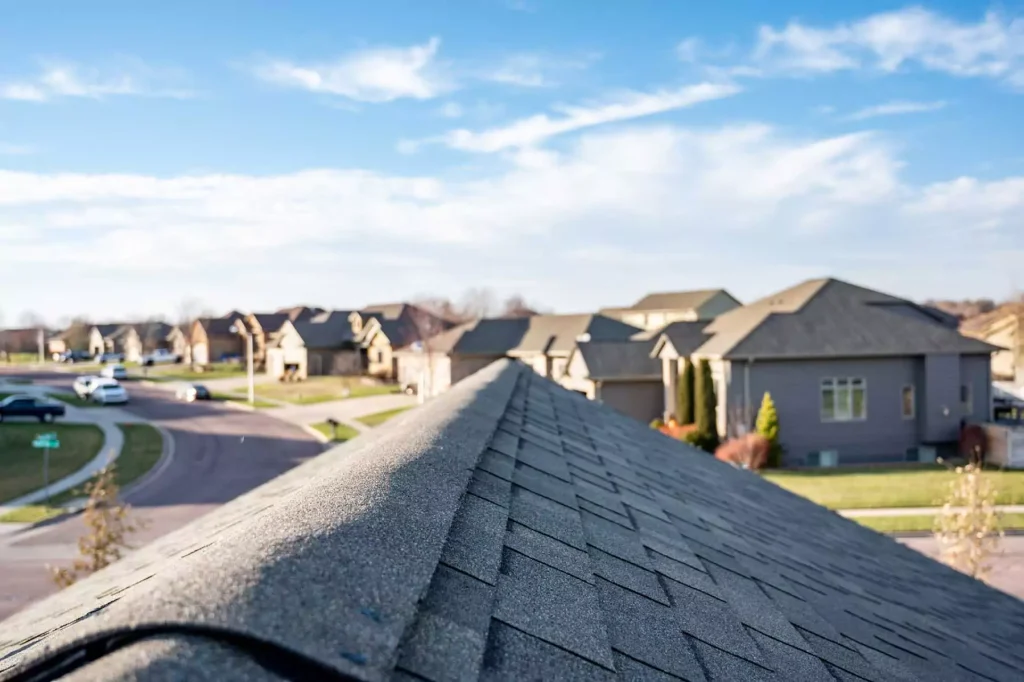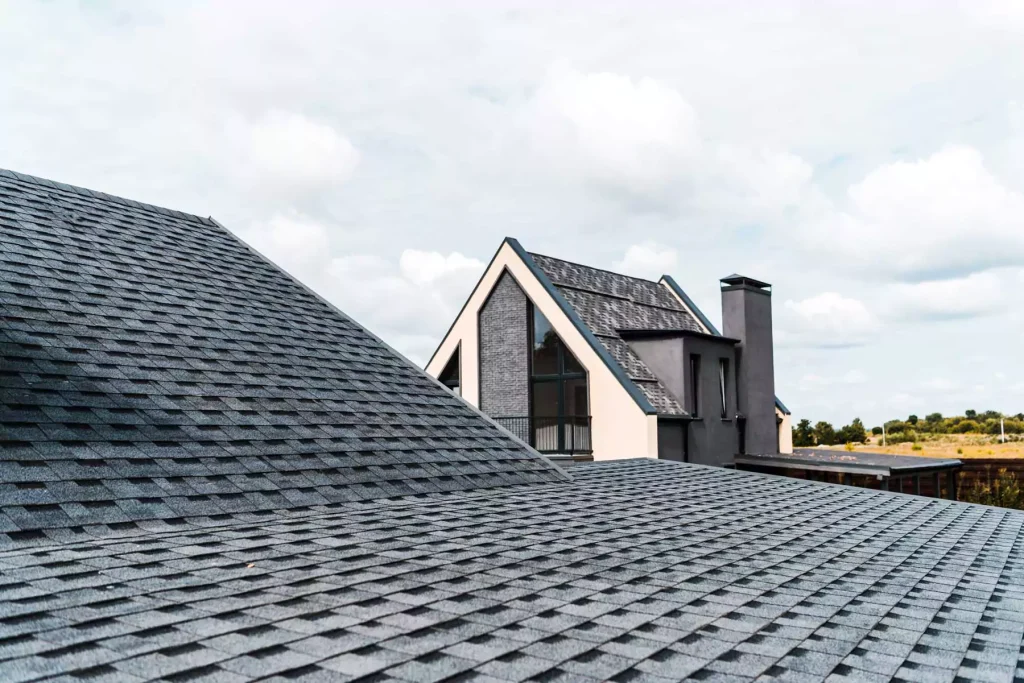Understanding Low Slope Roofing Systems
Low slope roofing represents a unique category of roofing that requires specialized knowledge and expertise to install and maintain properly. At Figueroa's Construction LLC, we’ve mastered the intricacies of these roofing systems through years of hands-on experience throughout Minnesota River Valley region. Unlike steep-slope roofs that quickly shed water through gravity, low slope roofs have a pitch of less than 3:12, meaning they rise less than 3 inches for every 12 inches of horizontal distance. This minimal slope demands different materials, installation techniques, and maintenance approaches to ensure long-lasting protection for your property.
The complexity of low slope roofing extends beyond simple water management. These systems must withstand ponding water, UV radiation, thermal cycling, and foot traffic while maintaining their integrity for decades. Our GAF Certification demonstrates our commitment to excellence in installing these sophisticated roofing systems, ensuring that every project meets the highest industry standards. Whether you’re dealing with a flat roof on your home’s addition or managing a larger structure, our expertise covers the full spectrum of low slope roofing applications.
Materials and Installation Methods
The selection of appropriate materials forms the foundation of any successful low slope roofing project. We work with several proven systems, each offering distinct advantages depending on your specific needs and budget. EPDM (ethylene propylene diene monomer) rubber roofing provides excellent durability and weather resistance, typically lasting 20-30 years with proper maintenance. This single-membrane system resists UV radiation and ozone degradation while remaining flexible in extreme temperatures, making it ideal for Minnesota’s challenging climate conditions.
TPO (thermoplastic polyolefin) represents another popular choice for low slope applications, offering energy efficiency through its reflective white surface that can reduce cooling costs by up to 30% during summer months. The heat-welded seams create a watertight bond stronger than the membrane itself, providing superior protection against leaks. Modified bitumen systems combine traditional roofing reliability with modern polymer technology, creating multi-layer protection that excels in high-traffic areas. Our installation process for each system follows manufacturer specifications precisely, including proper substrate preparation, insulation placement, and membrane attachment methods that ensure optimal performance throughout the roof’s lifespan.
Drainage Solutions and Water Management
Effective water management stands as the most critical aspect of low slope roofing success. Even with a minimal pitch, these roofs must efficiently channel water to prevent pooling that can lead to premature deterioration and structural damage. We design comprehensive drainage systems that incorporate multiple elements working together to protect your investment. Internal drains strategically placed at low points collect water and channel it through the building’s plumbing system, while scuppers provide overflow protection during heavy rainfall events.
Tapered insulation systems create positive drainage by establishing subtle slopes that guide water toward designated drainage points. This approach eliminates ponding water issues that plague many flat roofs, extending membrane life and preventing potential leaks. Our team calculates precise slopes and drainage patterns using advanced modeling techniques, ensuring every square foot of your roof contributes to effective water management. Regular maintenance of these drainage systems, including clearing debris from drains and checking for proper flow, helps maintain optimal performance year after year.
Energy Efficiency and Insulation Strategies
Low slope roofing offers unique opportunities for maximizing energy efficiency through strategic insulation placement and reflective surface treatments. We install high-R-value insulation systems that can reduce heating and cooling costs by 15-25% compared to poorly insulated roofs. The continuous insulation layer possible with low slope construction eliminates thermal bridging common in steep-slope applications, creating more consistent interior temperatures throughout your structure.
- Polyisocyanurate insulation boards provide exceptional thermal resistance with minimal thickness
- Reflective coatings reduce surface temperatures by up to 50 degrees Fahrenheit
- Green roof systems offer natural insulation while managing stormwater runoff
- Solar panel integration maximizes flat surface area for renewable energy generation
Our participation in Roofs for the Troops reflects our commitment to providing energy-efficient solutions that benefit both our customers and the broader community. By implementing these advanced insulation strategies, we help reduce environmental impact while delivering long-term cost savings through decreased energy consumption.
Maintenance and Longevity Considerations
Proper maintenance significantly extends the lifespan of low slope roofing systems, often doubling their expected service life with minimal investment. We provide comprehensive maintenance programs that include bi-annual inspections, addressing minor issues before they develop into costly repairs. Regular cleaning removes debris that can trap moisture and accelerate membrane degradation, while prompt repair of small punctures or seam separations prevents water infiltration that could damage underlying structures.
Our free inspection service helps property owners understand their roof’s current condition and plan for future maintenance needs. We document findings thoroughly, providing detailed reports that track changes over time and help predict when replacement might become necessary. This proactive approach to roof management, combined with our quality installation practices and premium materials, ensures that your low slope roofing investment provides decades of reliable protection for your property in Fairmont, Welcome, Sherburn, Blue Earth, and Trimont, MN and surrounding areas.


